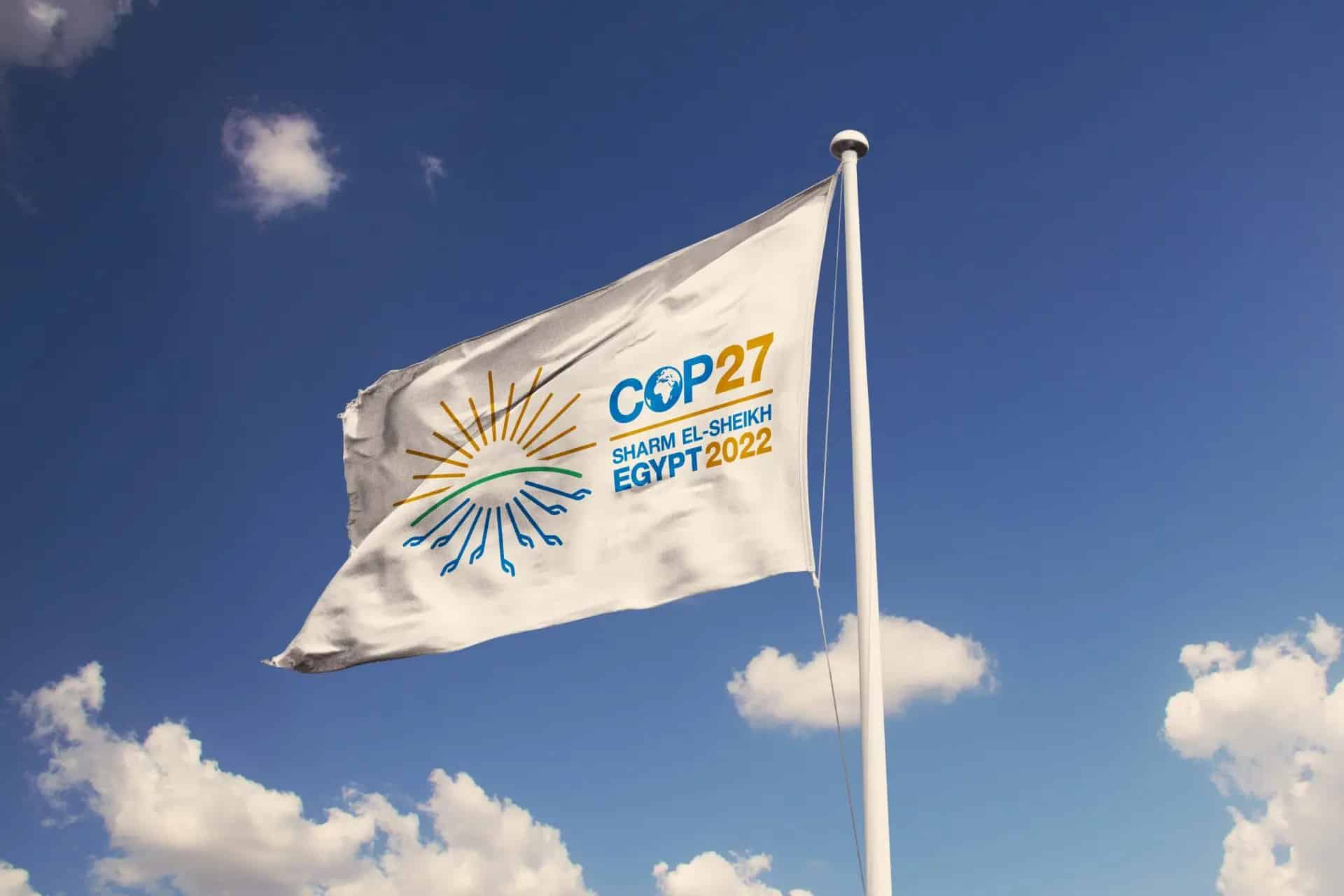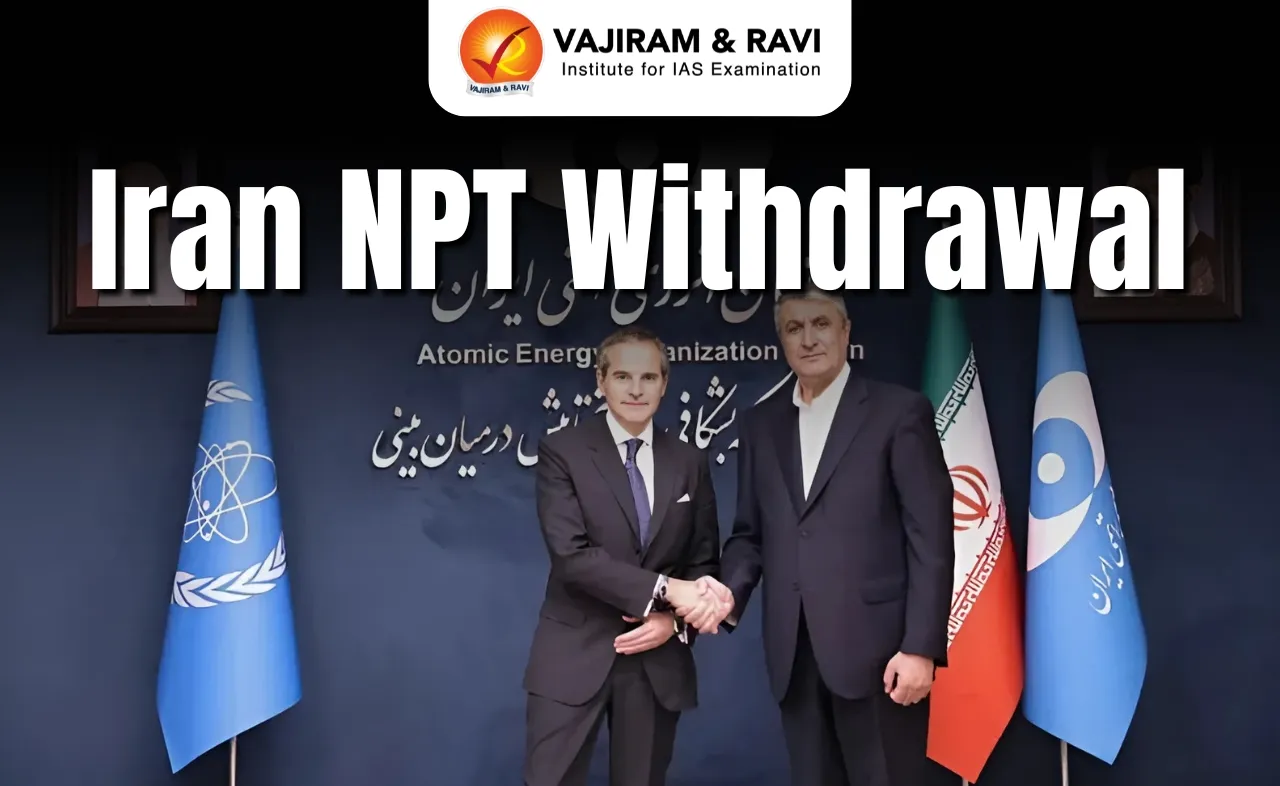What’s in today’s article:
- Key points of the draft decision
- Draft decision’s mitigating clause and India’s influence on it
- Loss and damage points in the draft decision
- Concerns
Why In News:
- The draft decision text of the COP27 of the UN climate negotiations, which was just revealed, included both of India’s important points in the mitigation clause.
- In addition, the draft agreement seemed to be on track to meet a crucial demand of developing countries by creating a new fund for loss and damage.
Key points of the draft decision:
- No fossil fuel phase down is listed in the text
- Keep 1.5-degree Celsius goal alive
- Require a transformation of the financial system
- Urges counties to “significantly scale” adaptation finance.
- Since it misses the call to double financing, it’s weaker than Glasgow pact (COP26).
- Requests countries who haven’t done so to update and strengthen their climate plans before COP28
- Welcomes the new UN net zero rules for corporations to stop greenwashing.
- Greenwashing is the practice of making false claims in order to mislead consumers into believing that a company’s products are more environmentally friendly or have a higher positive environmental impact than they actually do.
Draft decision’s mitigating clause and India’s influence on it:
- Mitigation clause: It now calls upon countries to –
- Accelerate the development, deployment and dissemination of technologies.
- Adopt policies to transition towards low-emission energy systems.
- Rapidly scale up the deployment of clean power generation and energy efficiency measures.
- Accelerate efforts towards the phase-down of unabated coal power.
- Phase-out of inefficient fossil fuel subsidies, while providing targeted support to the poorest and most vulnerable, recognizing the need for support towards a just transition.
- Two important insertions suggested by India:
- “Phase-down” of unabated coal power.
- The conditionality of the fossil fuel subsidies which relates to “offering targeted assistance to the poorest and most vulnerable.”
- Initial draft used “phase-out” (instead of phase-down) for coal and missed the targeted support point, resulting in facing objections from India.
- India had got both these points inserted in the Glasgow Climate Pact (COP26) last year. These two will now continue to be in the final decision of the COP27.
- The draft decision text will now be discussed in the plenary for final decision (outcome of the COP27) with consensus, involving 195 countries.
Loss and damage (L&D) points in the draft decision:
- The text addresses the basic demand – a fund as well as new ‘funding arrangements’.
- It seeks to link L&D with 1.5-degree Celsius warming limit (an indirect reference to mitigation).
- The main body of the text begins with acknowledging assistance needed for “particularly vulnerable” developing countries but the decision on funding makes a more general reference to ‘developing countries’.
- There are multiple references to the use of existing funds.
- Seeks to expand sources of funding, including “innovative sources”.
- Pushes for financial reform discussions at International Monetary Fund (IMF) and World Bank (WB) next year.
Concerns:
- No funds have been pledged for the fund. Climate disaster-affected developing countries are still a long way from being able to obtain financial resources to reconstruct.
- The exact definitions of terms such as “particularly vulnerable”, “most vulnerable” are potential points of disagreement which have been left to be resolved at a later stage.
- Additional burden being put on the developing countries. One of the contentions is to ask each country to revise its climate action plans, formally known as nationally-determined contributions (NDCs), with progressively stronger actions every year.
- Developed countries have failed to deliver on their promise to mobilise a relatively small sum of USD 100 billion each year. The draft text just “urges” developed countries to reach this aim and makes no mention of a timeline.
Last updated on June, 2025
→ UPSC Notification 2025 was released on 22nd January 2025.
→ UPSC Prelims Result 2025 is out now for the CSE held on 25 May 2025.
→ UPSC Prelims Question Paper 2025 and Unofficial Prelims Answer Key 2025 are available now.
→ UPSC Calendar 2026 is released on 15th May, 2025.
→ The UPSC Vacancy 2025 were released 1129, out of which 979 were for UPSC CSE and remaining 150 are for UPSC IFoS.
→ UPSC Mains 2025 will be conducted on 22nd August 2025.
→ UPSC Prelims 2026 will be conducted on 24th May, 2026 & UPSC Mains 2026 will be conducted on 21st August 2026.
→ The UPSC Selection Process is of 3 stages-Prelims, Mains and Interview.
→ UPSC Result 2024 is released with latest UPSC Marksheet 2024. Check Now!
→ UPSC Toppers List 2024 is released now. Shakti Dubey is UPSC AIR 1 2024 Topper.
→ Also check Best IAS Coaching in Delhi























